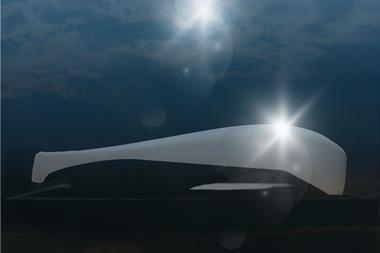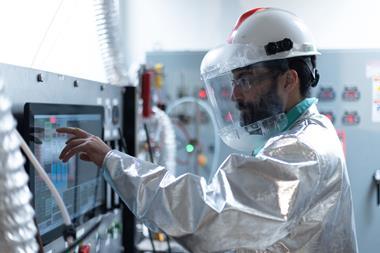.jpg) When following the fast moving developments in this industry it’s easy to get swept along on a tide of innovative technologies, expanding (and shrinking) manufacturing networks and staggering production figures (usually from China). But, taking time to stand back and view this constant flow information, you realize that change, while certainly happening, is not as fast paced as you might have come to believe. It is more evolution than revolution (regardless of what that last press release claimed), as some of the features in this issue illustrate.
When following the fast moving developments in this industry it’s easy to get swept along on a tide of innovative technologies, expanding (and shrinking) manufacturing networks and staggering production figures (usually from China). But, taking time to stand back and view this constant flow information, you realize that change, while certainly happening, is not as fast paced as you might have come to believe. It is more evolution than revolution (regardless of what that last press release claimed), as some of the features in this issue illustrate.
For example Steed Webzell’s technology focus on welding reveals some exiting developments beyond joining metal, with processes being applied to welding composites and plastics. While this is clearly going to be a big step forward, the feature also highlighted the continued domination of spot welding as the joining method of choice for vehicle makers. Spot welding technology continues to be developed to meet the demands of joining ultra high-strength steels and aluminium; underlined by the DeltaSpot system being employed by Audi. Certainly laser welding technology is gaining ground but it will be some time before OEMs abandon spot welding.
Similarly the materials feature also highlights a less rapid rate of change than might have been thought, with much made of new lightweight plastics and composites being used in vehicle construction. As Mark Venables illustrates in his feature on steel, a revolutionary change isn’t going to happen any time soon as many OEMs still turn to this efficient, cost effective material. The steel makers themselves continue to develop superior grades of high-strength steel that allow lighter but stronger vehicles to be produced as OEMs create innovative applications of it in their designs.
Perhaps where we are seeing very rapid, if not revolutionary, changes in vehicle production is in China; the speed at which the domestic OEMs have developed both their manufacturing processes and model ranges is truly impressive, as Simon Duval Smith reveals in his features on China.
With much of the manufacturing infrastructure built around the current processes and materials it’s difficult to see how a ‘revolution’ in production would or could occur. None-the-less change in this industry can be dramatic with the right stimulus as the recent economic crisis (it still seems recent to some of us) revealed. So as tempting as it always is to chase after the next big thing we should consider the less dramatic but no less important changes and developments that keep automotive manufacturing at the forefront of many growing economies.





































